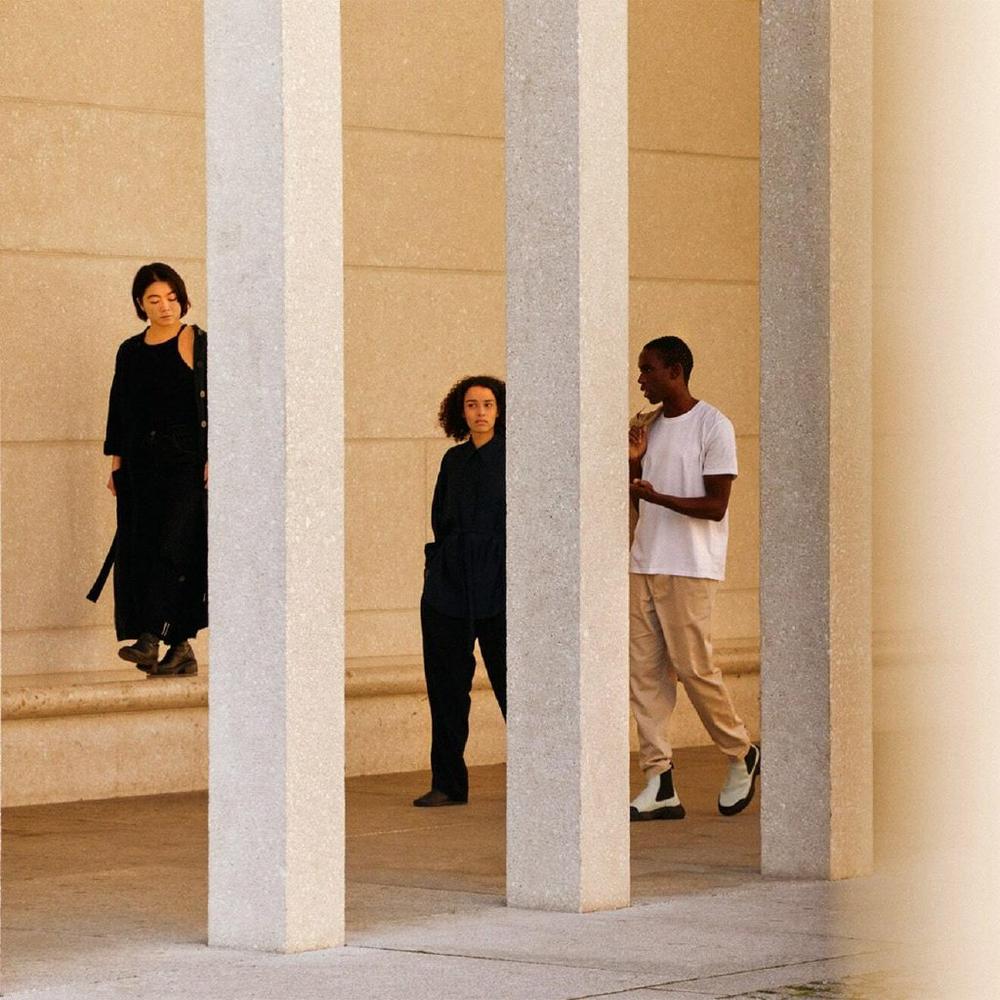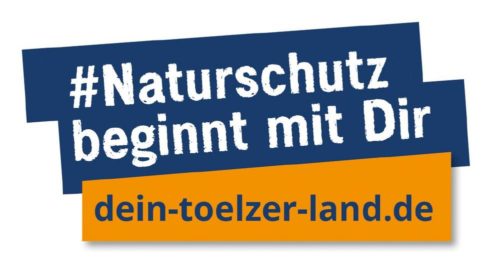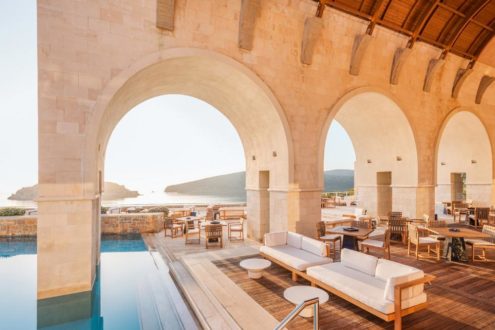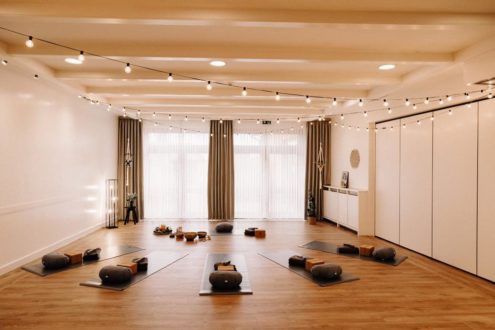
Architectural Wonders from Around the World
Created for travelers with an attraction to the natural elements, Hotel Terrestre in Puerto Escondido, Mexico, is a Brutalist-inspired villa-only property that invites guests to connect directly with the Oaxacan coast. Designed by architect Alberto Kalach of Taller de Arquitectura X (TAX), the independent villas were created by adhering to a “raw materiality” mentality: all construction materials were sourced from within one kilometer of the hotel or created on the property. Exteriors are defined by earth, brick, wood, and concrete, and when seen from inside, these elements are enhanced through the addition of clay and sand. Skylights and vast openings reveal the outdoors, while slatted wooden doors and windows remove the need for glass and invite the outside in. Plus, from the orientation of the buildings to the design of the energy system, every ray of light is received and leveraged, allowing the hotel to run on 100 percent solar power.
At Okcs Retreat Setouchi Aonagi in Setouchi, Matsuyama, Japan, light and air are similarly drawn into vast spaces, but here, the effect evokes the infinity of traditional Zen poetics. The property was initially designed by legendary minimalist architect Tadao Ando as a private guesthouse, which was then converted into a small modern art museum before reopening as the hotel, all under Ando’s supervision. The masterwork is a place of sublime minimalist luxury: the unnecessary is stripped way and buildings are defined by smooth-as-silk concrete walls—one of the architect’s signature styles, achieved by pouring concrete into airtight wooden forms. A lap pool is bound by such walls, opening at one end where the pool’s infinity edge melds seamlessly into the perfectly framed Seto Inland Sea beyond.
Created for travelers with an attraction to the natural elements, Hotel Terrestre in Puerto Escondido, Mexico, is a Brutalist-inspired villa-only property that invites guests to connect directly with the Oaxacan coast. Designed by architect Alberto Kalach of Taller de Arquitectura X (TAX), the independent villas were created by adhering to a “raw materiality” mentality: all construction materials were sourced from within one kilometer of the hotel or created on the property. Exteriors are defined by earth, brick, wood, and concrete, and when seen from inside, these elements are enhanced through the addition of clay and sand. Skylights and vast openings reveal the outdoors, while slatted wooden doors and windows remove the need for glass and invite the outside in. Plus, from the orientation of the buildings to the design of the energy system, every ray of light is received and leveraged, allowing the hotel to run on 100 percent solar power.
At Okcs Retreat Setouchi Aonagi in Setouchi, Matsuyama, Japan, light and air are similarly drawn into vast spaces, but here, the effect evokes the infinity of traditional Zen poetics. The property was initially designed by legendary minimalist architect Tadao Ando as a private guesthouse, which was then converted into a small modern art museum before reopening as the hotel, all under Ando’s supervision. The masterwork is a place of sublime minimalist luxury: the unnecessary is stripped way and buildings are defined by smooth-as-silk concrete walls—one of the architect’s signature styles, achieved by pouring concrete into airtight wooden forms. A lap pool is bound by such walls, opening at one end where the pool’s infinity edge melds seamlessly into the perfectly framed Seto Inland Sea beyond.
The shape of Seezeitlodge Hotel & Spa in Gonnesweiler, Germany, was inspired by the topography of its environment, namely the property’s location directly between a forest and a lake in the center of a headland. Conceived by the Berlin-based team at Graft Gesellschaft von Architekten, the building features a slatted, charred-larch façade, giving off a silvery-black shine and allowing it to blend into the surroundings. The architects also followed a Celtic model in accordance with the region’s traditions, which are characterized by a Celtic way of life. The primary building is therefore aligned with the course of the summer and winter solstices, picks up on the spring and autumn equinoxes, and was also placed specifically with the rising and setting sun in mind. An outdoor Celtic sauna village is also spread across 2,700 square meters: three saunas, a shower house, a relaxation area, and a yurt are circularly arranged according to documented earth energies, with stony paths lining the way and a ritual space with a large smoke and wood fireplace at the center.
For Five Seas Hotel Cannes, French architect Pascal Allaman created what he calls a “motionless journey.” The demure cream-colored building gives way to environments that allude to adventure, including dressing rooms made to look like travelers’ trunks, but that simultaneously soothe the senses through features like greenery and sublime lighting. Architectural highlights include luxuriously spacious guestrooms, over half of which are suites and some of which feature terraces; a designer Intraceuticals spa; and a stunning rooftop infinity pool.
In Vilnius, architect and Original Saulius Mikštas reinvigorated a 15th-century mansion to create Hotel Pacai. The Baroque palace was once the residence of the noble Pacai family and was one of the most ornate buildings in the Lithuanian city for centuries. Mikštas’s detailed and historically minded plan recreated some of the original details, including the rebuilt roof; restored others, such as preserved frescoes; and added a few modern areas, like a 500-square-meter courtyard. Throughout the process, traditional materials, such as clay, tin, stone, and original barn wood, were used, while contemporary design and architectural elements serve to heighten the structure’s classical style. “This is not ‘disposable architecture’ like all the buildings that are rapidly being built today,” Mikštas says.
For London’s Town Hall Hotel & Apartments, Rare Architecture also reimagined a historic building: Bethnal Green Town Hall. The project included restoring and refurbishing the original building, which dates to 1910 with an extension from 1937, while adding a new top floor and additional wing. The rooftop extension features a striking laser-cut powder-coated aluminum skin, acting as an abstract veil on the otherwise Edwardian façade. Inside, new life is breathed into original stately elements—including marble floors, ornate molded ceilings, and Edwardian and Art Deco detailing—while contemporary features, like glass partitions in open-plan spaces and bespoke furniture, add an undeniably contemporary edge. The result is a former town hall that has been transformed into a hybrid of contemporary and Edwardian architecture and design.
About Design Hotels
Design Hotels™ represents and markets a curated selection of over 300 independent hotels in more than 60 countries across the globe. More than a collection of hotels, the company is a collection of stories. Each property reflects the ideas of a visionary hotelier, an "Original", someone with a passion for genuine hospitality, cultural authenticity, thought-provoking design and architecture. Each "Original" stands for the individual, aesthetic and service-driven experience that his or her hotel provides.
In 2017, Design Hotels™ launched Further, a traveling laboratory for experiential hospitality that transforms hotels across the globe into temporal hubs of thematic exploration. The mission behind Further aligns with the values of the future-facing Promad, a new generation of traveler embracing progressive travel and global nomadism. First identified by Design Hotels™ in collaboration with leading futures consultancy The Future Laboratory, the purpose-driven, self-actualizing Promadic movement is set to shape the future of hospitality.
Founded by Claus Sendlinger in 1993, Design Hotels™ offers its members insightful travel industry knowledge, from market trend consultancy to international sales representation. The company has its headquarters in Berlin and branches in London, Los Angeles, New York and Singapore. In 2019, Design Hotels™ joined forces with Marriott Bonvoy, enabling its member hotels to have both a greater and more selective reach while offering its Community the benefit of the industry’s leading loyalty program.
Marriott International, Inc. (NASDAQ: MAR) is based in Bethesda, Maryland, USA, and encompasses a portfolio of nearly 8,000 properties under 30 leading brands spanning 139 countries and territories. Marriott operates and franchises hotels and licenses vacation ownership resorts all around the world. The company offers Marriott Bonvoy®, its highly-awarded travel program. For more information, please visit our website at www.marriott.com, and for the latest company news, visit www.marriottnewscenter.com. In addition, connect with us on Facebook and @MarriottIntl on Twitter and Instagram.
design hotels AG
Stralauer Allee 2c
10245 Berlin
Telefon: +49 (30) 884940-000
Telefax: +49 (30) 257698-96
http://www.designhotels.com
![]()




